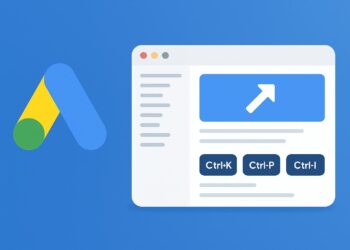Decide when to prune pages and when to refresh them to recover or grow organic performance. Use Search Console evidence and measured changes instead of blanket deletions.
Which data source pair best supports prune‑vs‑refresh decisions for underperforming content?
Third‑party DR scores + social likes
Ad platform ROAS + CPM
Server uptime graphs + CDN cache hit rate
Search Console performance + GA4 engagement trends
When removing a page that has a clearly superior replacement, what’s the recommended action?
301 redirect the old URL to the most relevant replacement
Block the old URL in robots.txt
Keep the page but add a canonical to the homepage
Return 410 Gone for faster deindexing
Which risk commonly triggers soft 404s after aggressive pruning?
Adding longer meta descriptions
Increasing font size sitewide
Switching to WebP images
Leaving ultra‑thin placeholder pages live
For duplicate articles targeting the same intent, which approach best preserves relevance and signals?
Leave all pages and change titles only
Block all duplicates via robots.txt
Consolidate into one canonical page and 301 redirect the duplicates
Noindex both and start a new page
Historical optimisation primarily focuses on which tactic?
Deleting old pages regardless of traffic
Refreshing and expanding content to meet current intent and experience expectations
Purchasing paid links to boost authority
Changing only the publication date
After consolidating pages, what should you update to reflect the new canonical set?
Only the CMS cache settings
Only hreflang sitemaps for all locales
XML Sitemap and internal links
Only robots.txt
If a pruned URL has meaningful backlinks but poor content, what preserves value best?
Return 200 OK with a single sentence
Noindex the page and keep it orphaned
Merge content into a stronger page and 301 redirect the pruned URL
Block crawling with robots.txt
What timeline does Google suggest for evaluating the impact of large content changes?
Exactly 24 hours
A few hours
Two days, then revert
Several weeks or longer to see stable effects
Which signal most strongly argues for refreshing instead of pruning an older article?
Server CPU usage is high
Zero impressions for 12 months
Image file sizes are small
Sustained impressions with declining CTR from outdated relevance
What is the safest way to handle content that must be removed with no suitable replacement?
Return a 404/410 and remove it from sitemaps
Robots.txt disallow only
Canonical it to the homepage
Keep it indexed with a “content moved” note
Starter
Focus on evidence‑based decisions—check Search Console performance and prune only what can’t be improved.
Solid
You’re weighing refresh vs. redirect well. Tighten mapping and monitor changes for several weeks.
Expert!
Outstanding triage. You balance consolidation, redirects, and updates while preserving intent and internal links.
Diving into Content Pruning vs. Historical Optimisation Interview Questions will help you decide when to remove outdated content or refresh it for better rankings. Start by exploring our SEO interview questions resource to build a solid foundation in optimization tactics. Next, put your knowledge to the test with the Product Review Updates trust signals for commerce pages Q&A, challenge yourself on JavaScript SEO using the dynamic rendering vs hydration interview MCQs, and learn to diagnose crawl issues through the 404 spikes troubleshooting guide. Working through these interview questions will give you the confidence to tackle real-world SEO scenarios.








